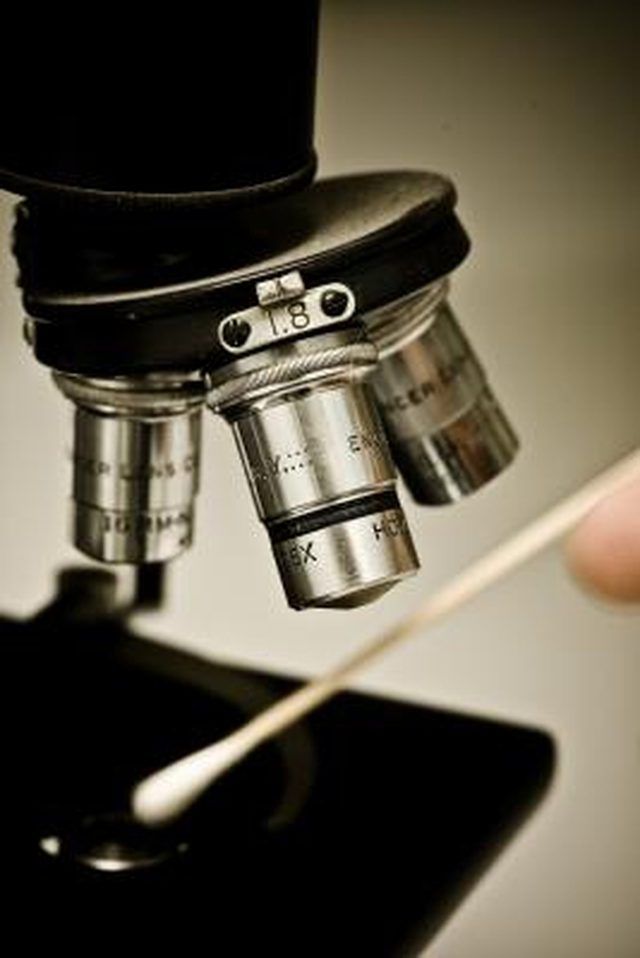Bulbs
Flower Basics
Flower Beds & Specialty Gardens
Flower Garden
Garden Furniture
Garden Gnomes
Garden Seeds
Garden Sheds
Garden Statues
Garden Tools & Supplies
Gardening Basics
Green & Organic
Groundcovers & Vines
Growing Annuals
Growing Basil
Growing Beans
Growing Berries
Growing Blueberries
Growing Cactus
Growing Corn
Growing Cotton
Growing Edibles
Growing Flowers
Growing Garlic
Growing Grapes
Growing Grass
Growing Herbs
Growing Jasmine
Growing Mint
Growing Mushrooms
Orchids
Growing Peanuts
Growing Perennials
Growing Plants
Growing Rosemary
Growing Roses
Growing Strawberries
Growing Sunflowers
Growing Thyme
Growing Tomatoes
Growing Tulips
Growing Vegetables
Herb Basics
Herb Garden
Indoor Growing
Landscaping Basics
Landscaping Patios
Landscaping Plants
Landscaping Shrubs
Landscaping Trees
Landscaping Walks & Pathways
Lawn Basics
Lawn Maintenance
Lawn Mowers
Lawn Ornaments
Lawn Planting
Lawn Tools
Outdoor Growing
Overall Landscape Planning
Pests, Weeds & Problems
Plant Basics
Rock Garden
Rose Garden
Shrubs
Soil
Specialty Gardens
Trees
Vegetable Garden
Yard Maintenance
Who Discovered Plant Cells?
Who Discovered Plant Cells?. Today it seems obvious that all living things are made of cells; but this theory, one of the foundations of modern biology, was once a novel idea. The existence of cells was completely unknown until the 17th century.

Today it seems obvious that all living things are made of cells; but this theory, one of the foundations of modern biology, was once a novel idea. The existence of cells was completely unknown until the 17th century.
History
Plant cells were first discovered in the 17th century by scientist Robert Hooke, a genius whose contributions to science were wide-ranging and diverse. In 1665, he published a book called "Micrographia" that contained drawings and descriptions of objects he had observed through the microscope. This book contained history's first use of the word "cell" to describe the basic unit of life.
Fun Fact
While studying cork slices through the microscope, Hooke noticed they were composed of honeycomb-like structures that reminded him vaguely of the cells in a monastery. He called these "pores," or spaces, cells.
Significance
Although Hooke discovered cells in the 17th century, it wasn't until 1838 that European scientists first proposed what is today called the cell theory, which posits that all living things are made of cells and all cells are descended from other cells. This basic idea is fundamental to our modern understanding of biology.